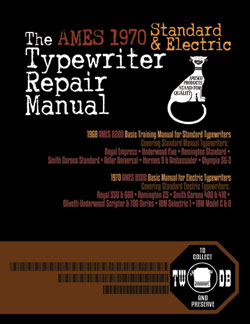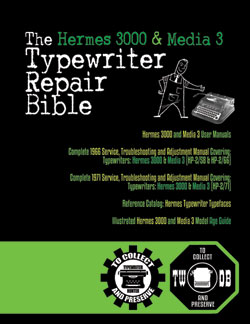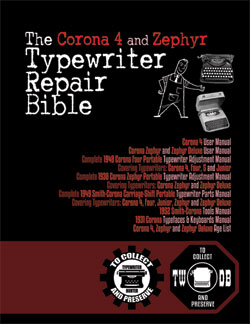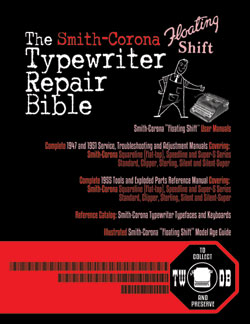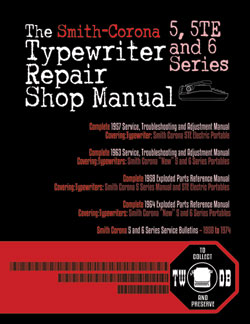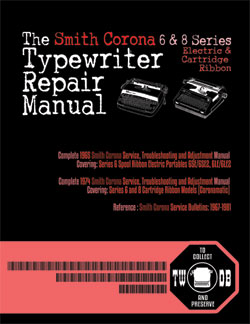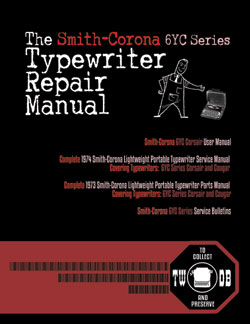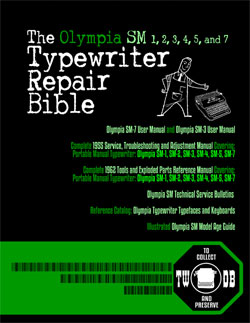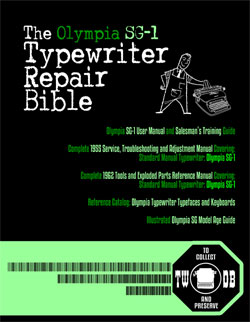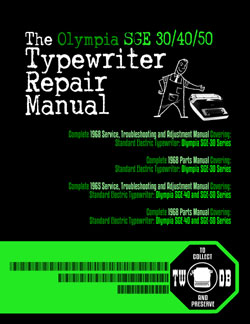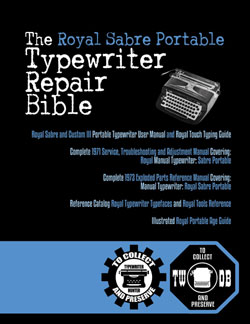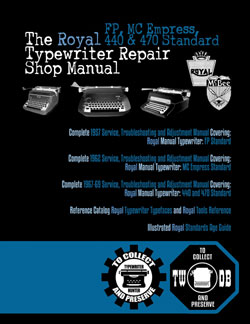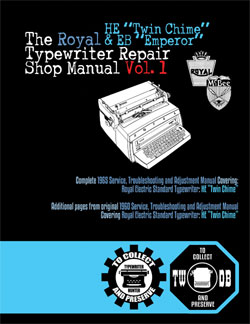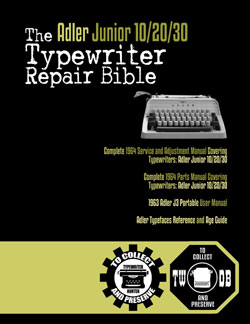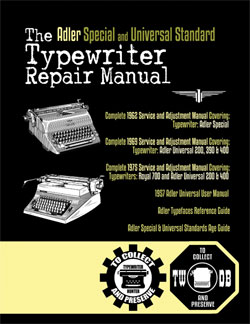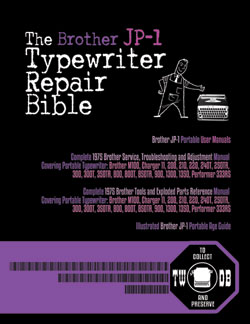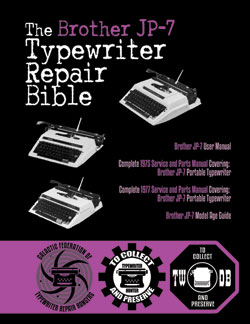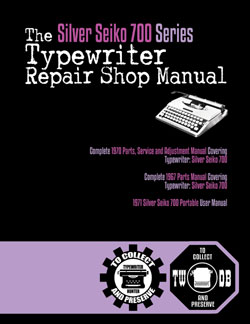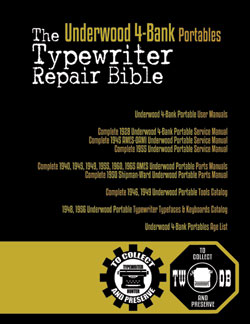198x Canon S-15 #H12014957
Status: My Collection
Hunter: Howard Bishop (FractionallyVacant)
Created: 08-26-2025 at 07:14AM
Last Edit: 08-26-2025 at 09:54AM

Description:
Found this, untested and without a power supply or manual, at a thrift store for $5. It did have a DB-9 port, so I bought it.
Fortunately, they also had a complete S-16, so I took a picture of its power supply to prevent any polarity or voltage related smoke. Itās 8.4 V and the center pin is GROUND not +. Again, the shield is +, and this is backwards from most things youāll see.
I first used a solar panel connected to a small power/charging module, using a 1.2 amp-hour 12v sealed lead acid battery to keep things stable, and ran that to a buck converter set to 8.1v output. After triple checking the polarity with a multi-meter, connected everything and switched the power on. Then I made sure the lid was fully closed and did it again. Then I plugged the battery back in to the distribution box. Then I replaced the fuse, as Iād shorted it out while swapping the + & - on the connector to get the polarity right. Eventually, things clicked and an LED came on, followed a few seconds later by the capacitor(s) getting charged and the cartridge then moved into position.
The case comes off with 4 screws total, and the platen comes free with two levers. I appreciate that once youāve opened the lid, all the movable parts are bright green and they all move fairly logically. This is true for platen, cartridge, daisywheel, and correction tape.
The machine can be run on an internal battery, originally a NiCd, which Iād presume was 8.4V. There is a second connector in the battery bay for this, and when the external power is provided, the internal connector shows 0.2v, which is likely for keeping the original NiCd batteries topped.
Archive . org has a copy of Canonās instruction manual, āSerial Interface 30ā for the parallel to serial converter, and this all looks straightforward ā āCode Mā will get you into the communication setup (baud, bits, CR vs CR/LF, etc.).
Typeface Specimen:
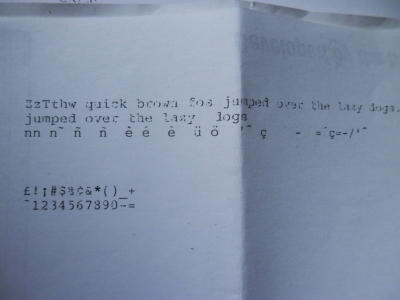
Photos:
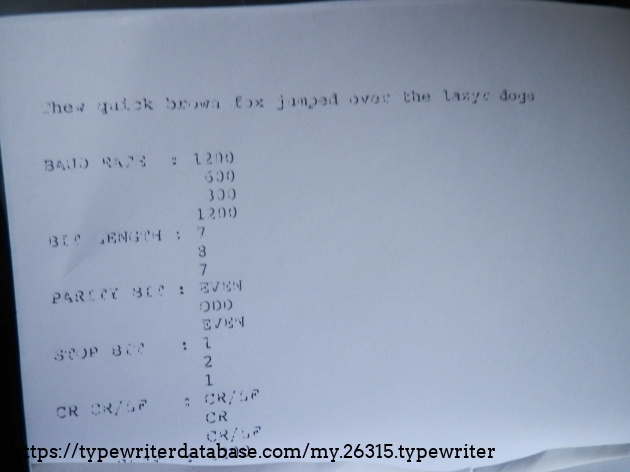
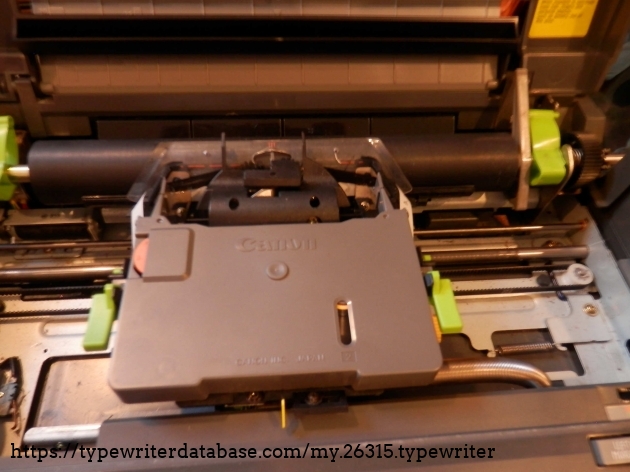
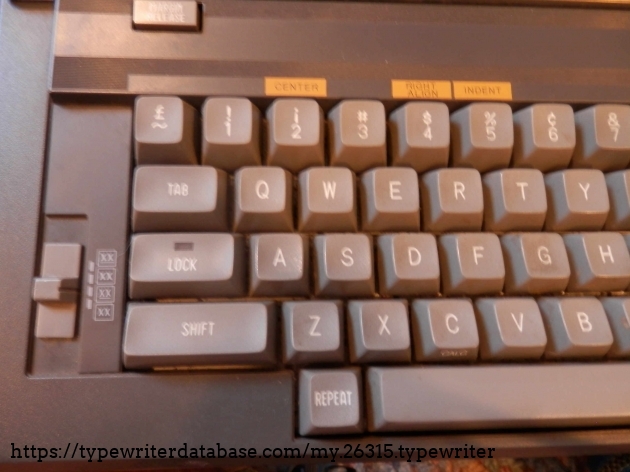
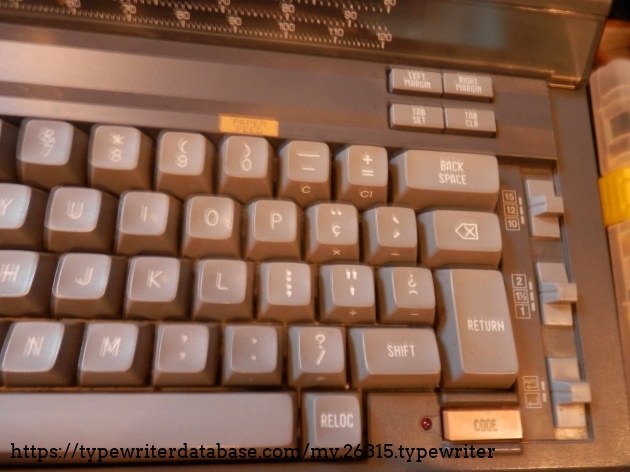
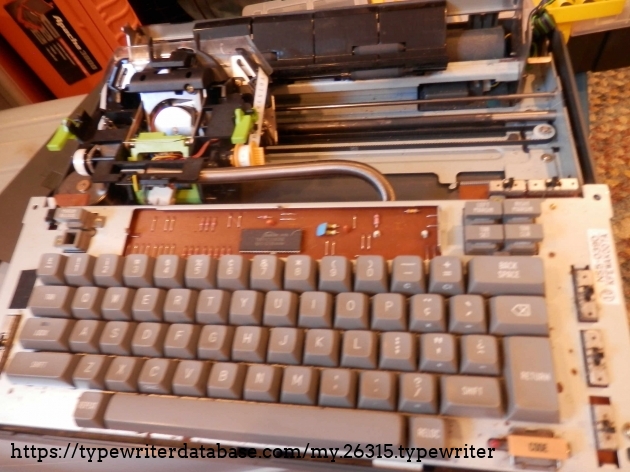
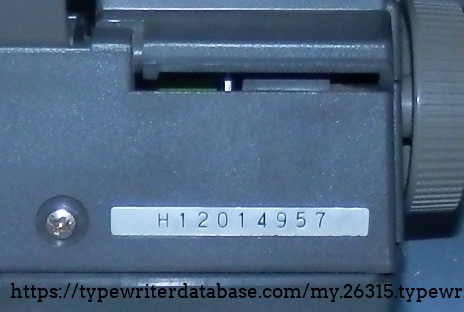
Hunter: Howard Bishop (FractionallyVacant)
Howard Bishop's Typewriter Galleries [ My Collection ] [ My Sightings ]
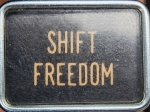
Status: Typewriter Hunter
Points: 19
Typed high school papers on Dadās 1950ās Smith Corona manual. Bought an electric SCM for college, and had an SCM wedge for a few years after that. Gave those away as we moved through life.
A few years ago we inherited a Royal 10 from an aunt and after cleaning it up, discovered what a good machine it really is. Was curious how old it was, and that led here.
RESEARCH NOTE: When researching the Canon S-15 on a computer with lots of screen real estate, you may find that launching the Canon Serial Number page and the Canon S-15 By Model/Year/Serial page in new browser windows can give you interesting perspectives on changes throughout the model series.

